📷 April 2024 Micro.Blog photo challenge, Day 21: Mountain
Mount Rainier while under sail in Commencement Bay (2006).

📷 April 2024 Micro.Blog photo challenge, Day 21: Mountain
Mount Rainier while under sail in Commencement Bay (2006).

📷 April 2024 Micro.Blog photo challenge, Day 20: Ice
The winter before we moved full time to Arizona.


Currently reading: The Storied Life of A. J. Fikry by Gabrielle Zevin 📚

Finished reading: Desperation by Stephen King 📚
Maybe not one of Mr. King’s best efforts, but it was entertaining, and the ending came together better than I expected. ★★★☆☆
📷 April 2024 Micro.Blog photo challenge, Day 19: Birthday
A puppy for my son’s 13th birthday back in 2015. Happy memories.

📷 April 2024 Micro.Blog photo challenge, Day 18: Mood
Tonight’s camp site here in the Mojave National Preserve has put me in a good mood. It doesn’t get much better than this.

📷 April 2024 Micro.Blog photo challenge, Day 17: Transcendence
La Ventana Arch, New Mexico

📷 April 2024 Micro.Blog photo challenge, Day 15: Small
I’ve never felt quite so small or felt part of something quite so large as when standing on the lip of the Grand Canyon. It truly is one of Earth’s wonders.

📷 April 2024 Micro.Blog photo challenge, Day 14: Cactus
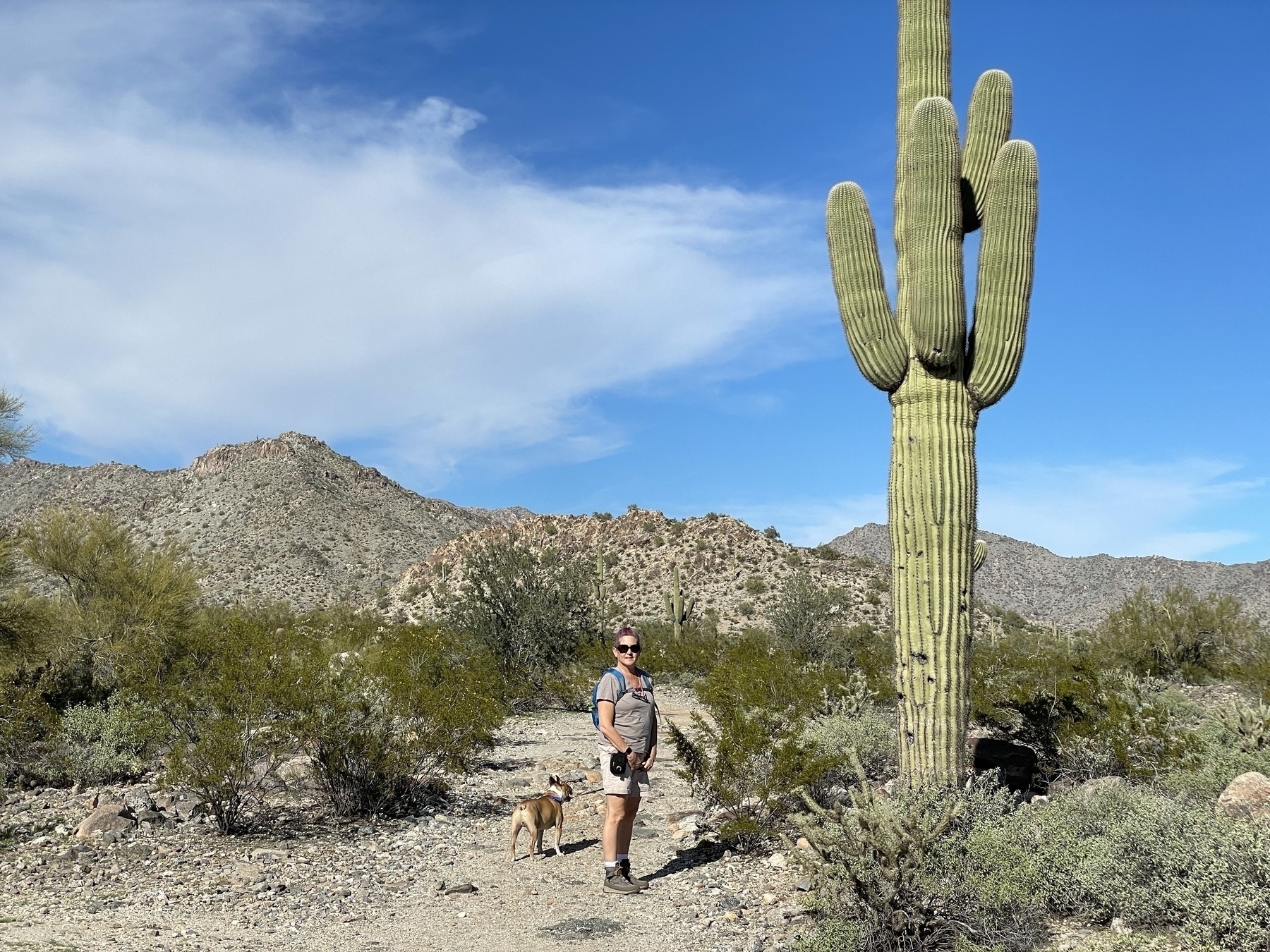
📷 April 2024 Micro.Blog photo challenge, Day 13: Page
A random page from The House of Leaves by Mark Z. Danielewski. Definitely the trippiest book I’ve ever read, yet poignant and incredibly memorable. In sailing, we say it’s the journey, not the destination that matters. Same with House of Leaves.
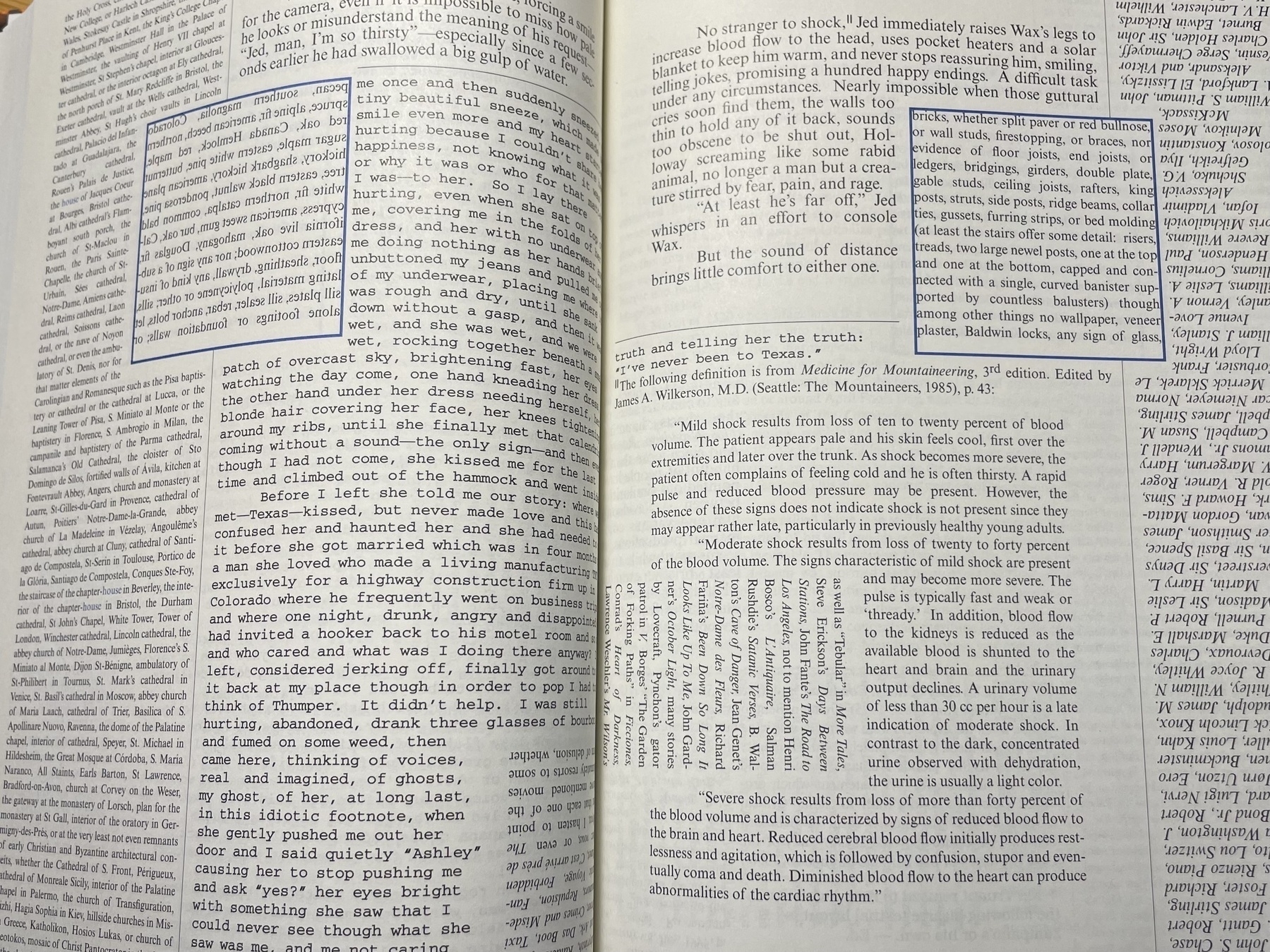
📷 April 2024 Micro.Blog photo challenge, Day 12: Magic
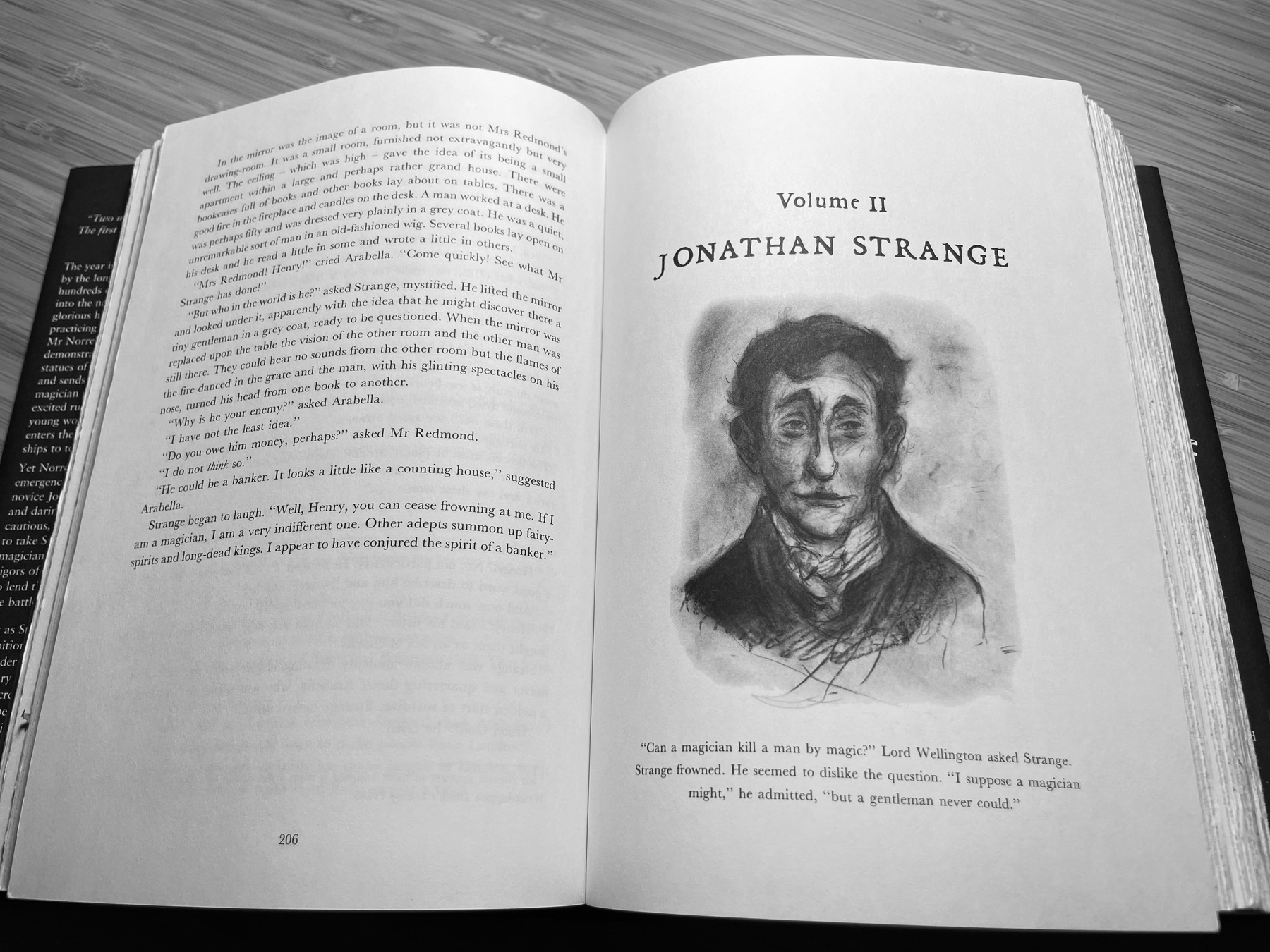
📷 April 2024 Micro.Blog photo challenge, Day 11: Sky

📷 April 2024 Micro.Blog photo challenge, Day 10: Train
Hobo bunnies waiting on a train in Ladysmith, British Columbia.
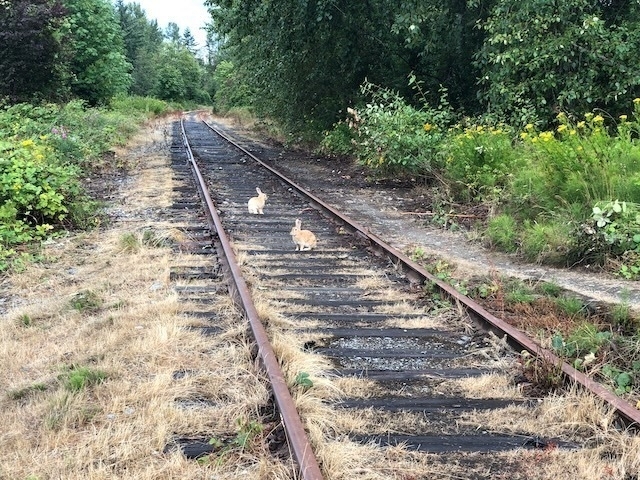
🥓 Day 9: Crispy | prompt submitted by @rom
As an antidote to yesterday’s prevention theme, here’s a flashback to breakfast aboard our boat with crispy bacon and donuts from the Lyme Kiln Cafe in Roche Harbor. Yum!

📷 April 2024 Micro.Blog photo challenge, Day 8: Prevention
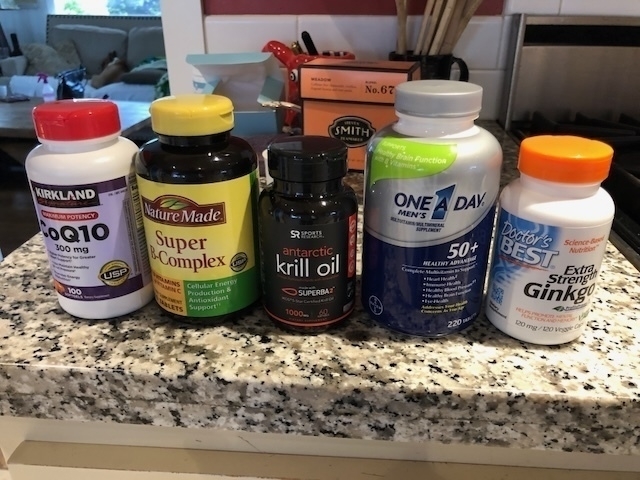
📷 April 2024 Micro.Blog photo challenge, Day 7: Well-being
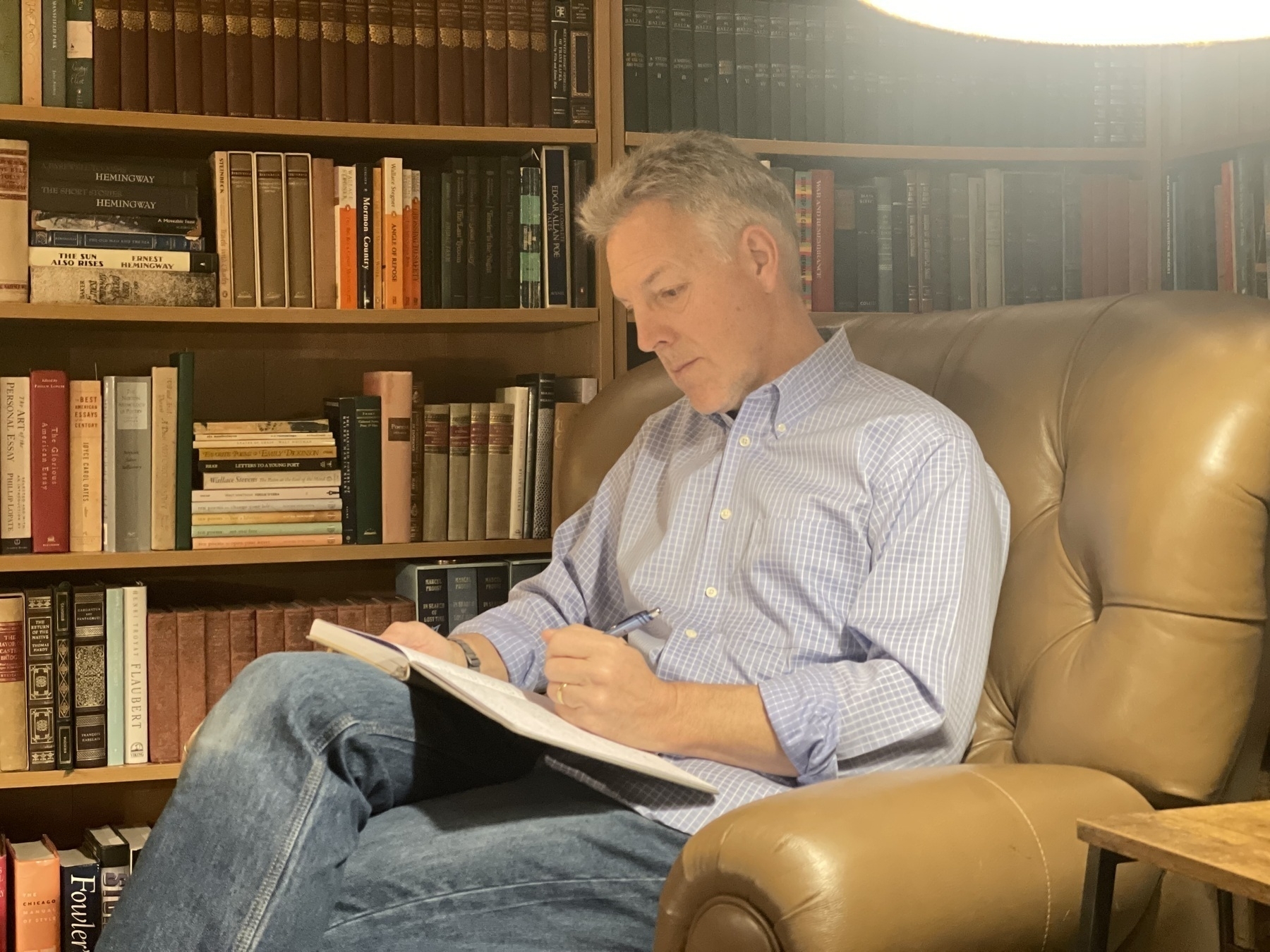

Currently reading: Desperation by Stephen King 📚
Tackling the remaining Stephen King books I haven’t read. I usually read fiction on my Kindle, but I have the hardback of this one. I forgot how heavy and unwieldy some of Stephen King books can be!
📷 April 2024 Micro.Blog photo challenge, Day 6: Windy
Gale force winds aboard MV Indiscretion.


Finished reading: Small Things Like These by Claire Keegan 📚
I loved this short, spare novella. In 109 pages, Keegan puts you squarely in the mind and body of its protagonist, Furlong. You feel the pangs of long-ago childhood angst, the chill of an Irish cold spell, the ugliness of small town bigotry, the warmth of a coal stove, the despair over the human cruelty. The Irish dialogue felt more like music or birdsong, making me wish my own language wasn’t so ordinary and flat. I felt sad to leave Furlong’s side after so short a visit, but the tale and ending was told in just the right way, with just the right words. ★★★★★
📷 April 2024 Micro.Blog photo challenge, Day 5: Serene
Toba Inlet, British Columbia, aboard MV Indiscretion.
